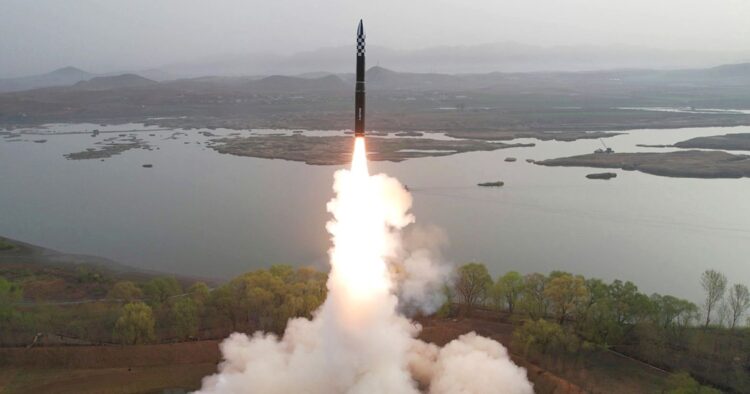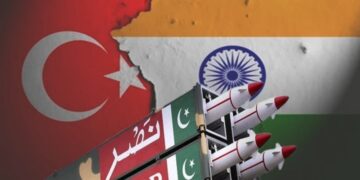On Monday, North Korea fired an unidentified projectile toward the south off its west coast, according to South Korea’s military. This event took place just hours after North Korea announced plans to launch a satellite before June 4.
Responding, the Japanese government issued an emergency warning, instructing residents in the southern region to take cover due to the potential threat of a North Korean missile. However, the warning was later lifted when it was confirmed that the missile would not fly over Japanese territory.
The alert was broadcast through Japan’s J-Alert system, specifically targeting residents in the southern prefecture of Okinawa. This system is designed to provide immediate warnings about various emergencies, including missile threats.
Earlier in the day, North Korea had officially notified Japan about its plan to launch a satellite between May 27 and June 4. The satellite launch is believed to be North Korea’s attempt to deploy a second spy satellite into orbit.
North Korea has a history of attempting to launch satellites. The country successfully placed its first spy satellite in orbit in November after several previous attempts had failed, with rockets crashing before completing their missions.
The launch of such satellites by North Korea is viewed with concern by many countries, as the technology used for satellite launches can also be applied to long-range ballistic missiles. This dual-use technology has raised fears about North Korea’s missile capabilities and its potential threat to regional and global security.
The international community, particularly countries in the region such as South Korea and Japan, closely monitors North Korea’s missile and satellite activities. These actions often lead to increased military readiness and diplomatic efforts to address the potential threats posed by North Korea’s advancements in missile technology.
North Korea’s recent projectile launch and its plans to send another satellite into orbit are part of its ongoing efforts to enhance its space and missile capabilities, which continue to generate significant concern and reactions from neighboring countries and the broader international community.

















Comments